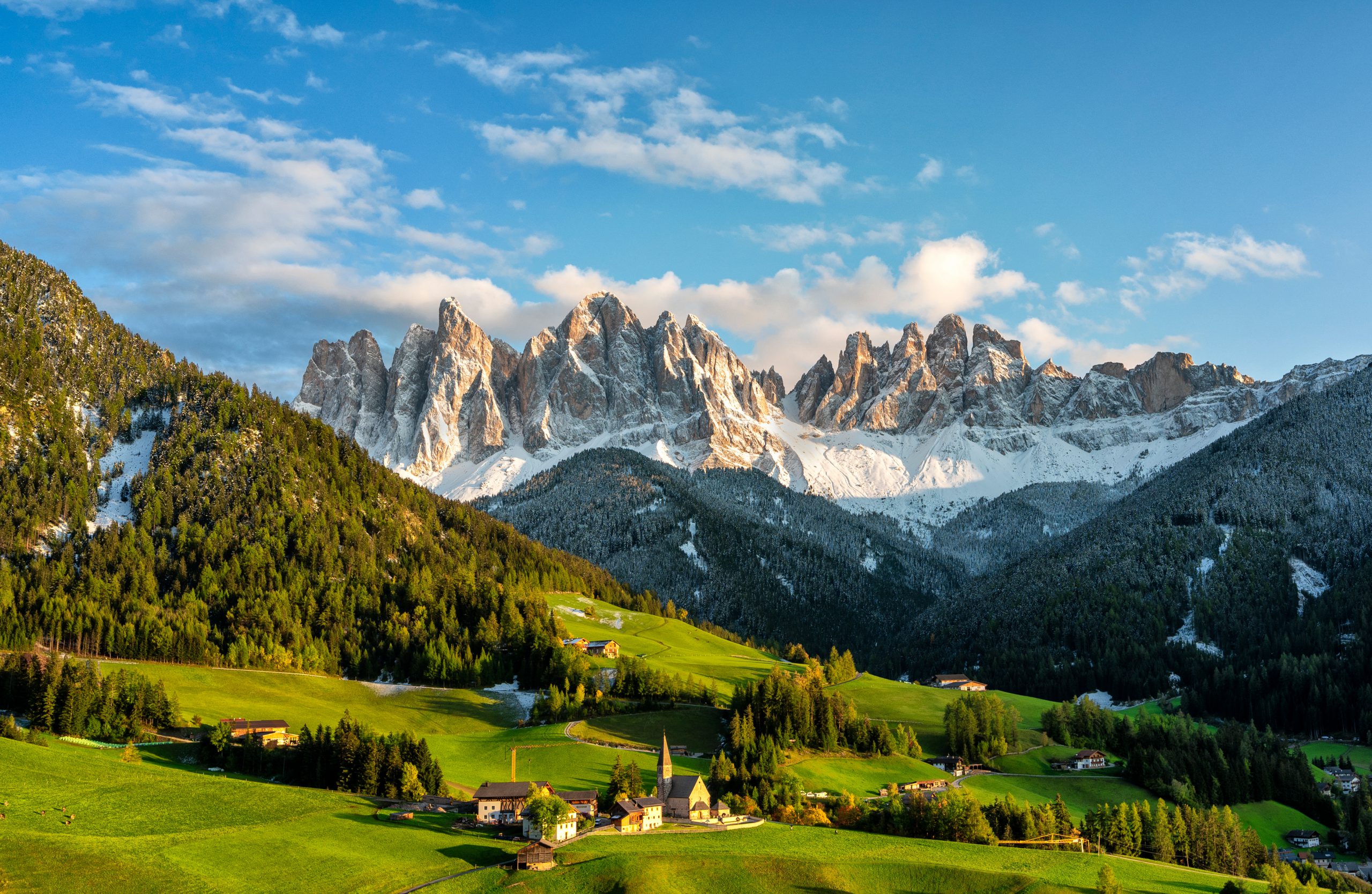
A strange and memorable but not entirely successful film, “Sweet Dreams” turns colonialism into a source of pitch-black slapstick comedy.
Written and directed by Ena Sendijarević, the film is set in 1900 on a small and obscure Indonesian island, where a sugar plantation baron named Jan (Hans Dagelet) has apparently died. “Apparently” meaning that, as far as most of the characters know, he’s almost certainly dead, but they don’t have a body. This complicates the inevitable battle to figure out who will control the plantation and determine what becomes of it. The setup could’ve been the start of a murder mystery, but Sendijarević isn’t interested in playing those sorts of (enjoyable!) narrative games. Nearly every story point in the film is given to you right away or foreshadowed/telegraphed. What remains is the hows of storytelling and the whys of characterization.
The most important fact in play is that Jan has a young son named Karel (Rio Kaj Den Haas) by way of his illicit relationship with an Indonesia plantation worker named Siti (Hayati Azis). When the old man dies, his son Cornelis (Florian Myjer) and his pregnant wife Josefien (Lisa Zweerman) leave the Netherlands to sail around the world to join his widow Agathe (Renée Soutendijk) in the muddy jungle to figure out what happens next. What happens next is anger, resentment, and skullduggery, triggered by the revelation that Jan has decided to leave everything to Karel. Grief drives people to extreme behavior, but grief coupled with an expectation of wealth kicks things up a notch, into danger and derangement. A plantation worker named Reza (Muhammad Khan), who has been agitating on behalf of his fellow workers and even inspired them to go on strike over nonpayment of wages, becomes a key player in the story, positioning himself as somebody who won’t merely take the fight to The Man (and his women) but can persuade or charm Siti into leaving the place with him to start a new life together.
The movie is, alas, thuddingly obvious during its first third. Every basic observation about the absurdities and evils of colonialism is not merely presented but practically served up on a silver platter under a spotlight, as when a cockroach is seen crawling across the uncollected remnants of a fancy family dinner, or when Josefien (Lisa Zweerman) disembarks from a carriage that’s gotten stuck in on a wet road and the movie takes its time observing her fancy boots getting dirty in the mud. It’s not that anything the movie is telling us rings false, but that it’s all things we probably already knew, and that are nonetheless presented as subversive and shocking.
But things start to get interesting once Jan posthumously acknowledges in writing that he’s had a son with his mistress (something that his wife already knew, but had to pretend that she either didn’t know or had accepted it) and that the lad will inherit everything. After that, “Sweet Dreams” becomes something faintly akin to a Coen brothers movie in which obtuse, deluded, and/or repulsive people plot against each other and invariably get what they deserve, whether it’s because the small and petty world that had previously overlooked their glaringly obvious flaws collectively decides to pay attention to them and pass judgment, or because characters who think they’re ruthless or clever turn out to be garden-variety dumbasses who don’t think things through and aren’t resourceful enough to improvise when things don’t go as they hoped.
As directed by Sendijarević, shot by Emo Weemhoff and edited by Lot Rossmark, “Sweet Dreams” is aestheticized within a millimeter of its life. The movie is shot in the squarish, 4×3 “Academy” ratio, mostly through wide-angle lenses that cartoonishly distort people and objects (especially when the camera changes position quickly). Almost every establishing shot is symmetrically framed, not in the manner of a Stanley Kubrick or Wes Anderson, but fetishistic fan art inspired by them. The information within each shot is arranged like objects in a glassed-in art installation. Watching the movie sometimes feels like visiting a zoo with people in it.
The movie observes its characters with coldly analytical, often withering precision, up to a point. Then it all finally gives way to something more overtly lyrical and even dreamlike, with the film seeming to lose interest in satire and slapstick and instead taking detours and sidebars, in order to present a startling, odd, often beautiful image or situation (often one involving the elemental forces: water, fire, wind, and soil) and luxuriate in it. The story doesn’t so much end as stop, but only after a series of moments and set pieces that are set up and edited (in one case, cross-cut) with a mysterious unspoken deliberateness that’s a hallmark of expressionistic modern art.
Some of the flights of fancy in the final twenty minutes are so odd and beautiful that they retroactively make the earlier parts of the film seem like an overbearing warmup to what’s truly special and memorable about the project. There’s a very long, uncut take near the end that’s as surprising and excessive-yet-perfect as one in David Lynch and Mark Frost’s “Twin Peaks: The Return” where a man mops an entire bar floor while Booker T. and the MGs’ “Green Onion” plays out at full length. It could be that this is a filmmaker who becomes more vital and unique the more deeply she plugs into her subconscious and the more completely she surrenders to it.




